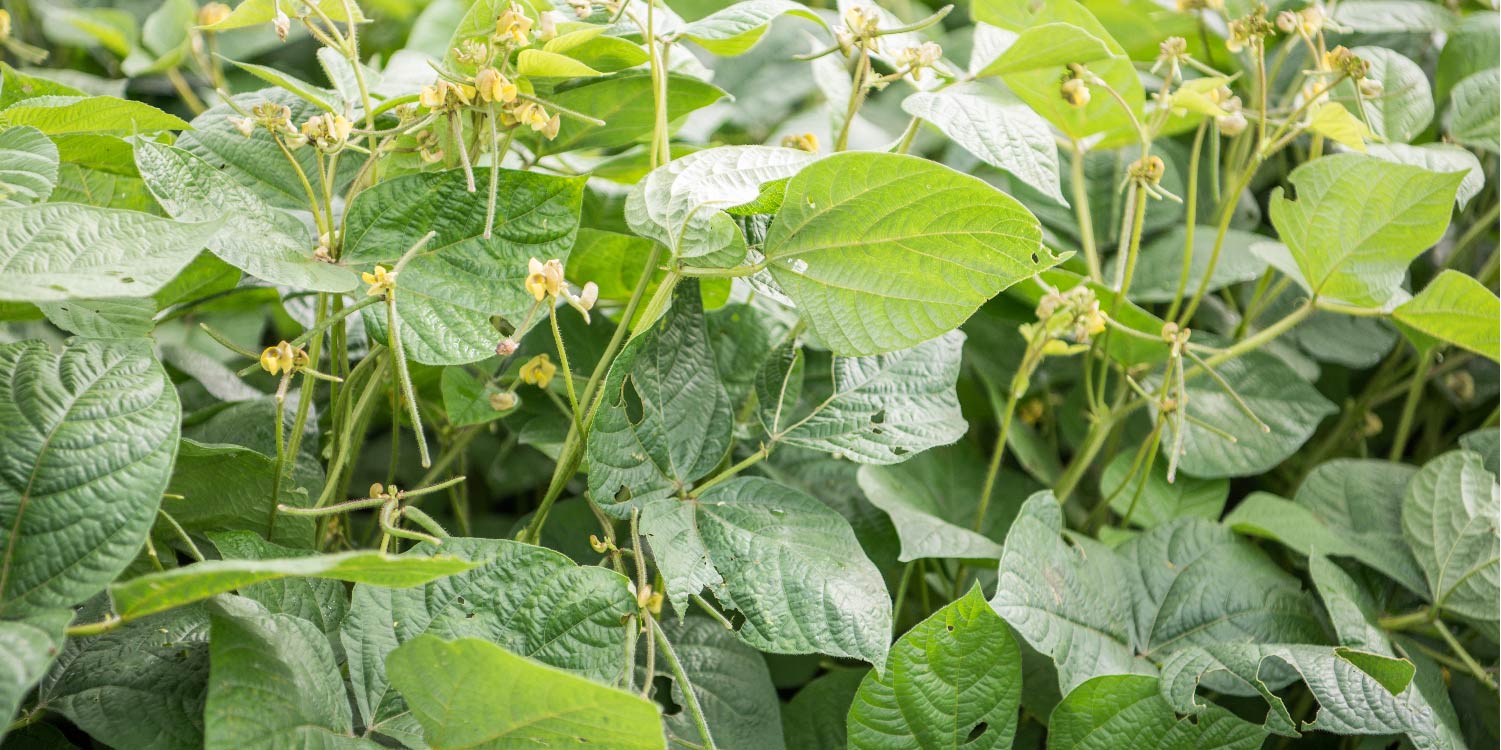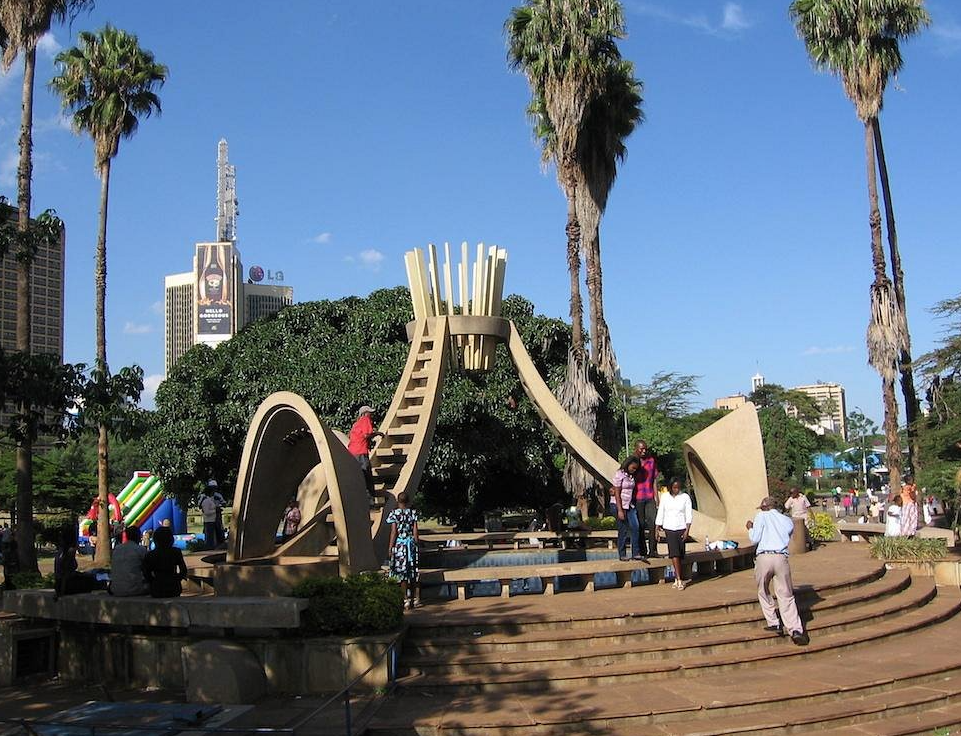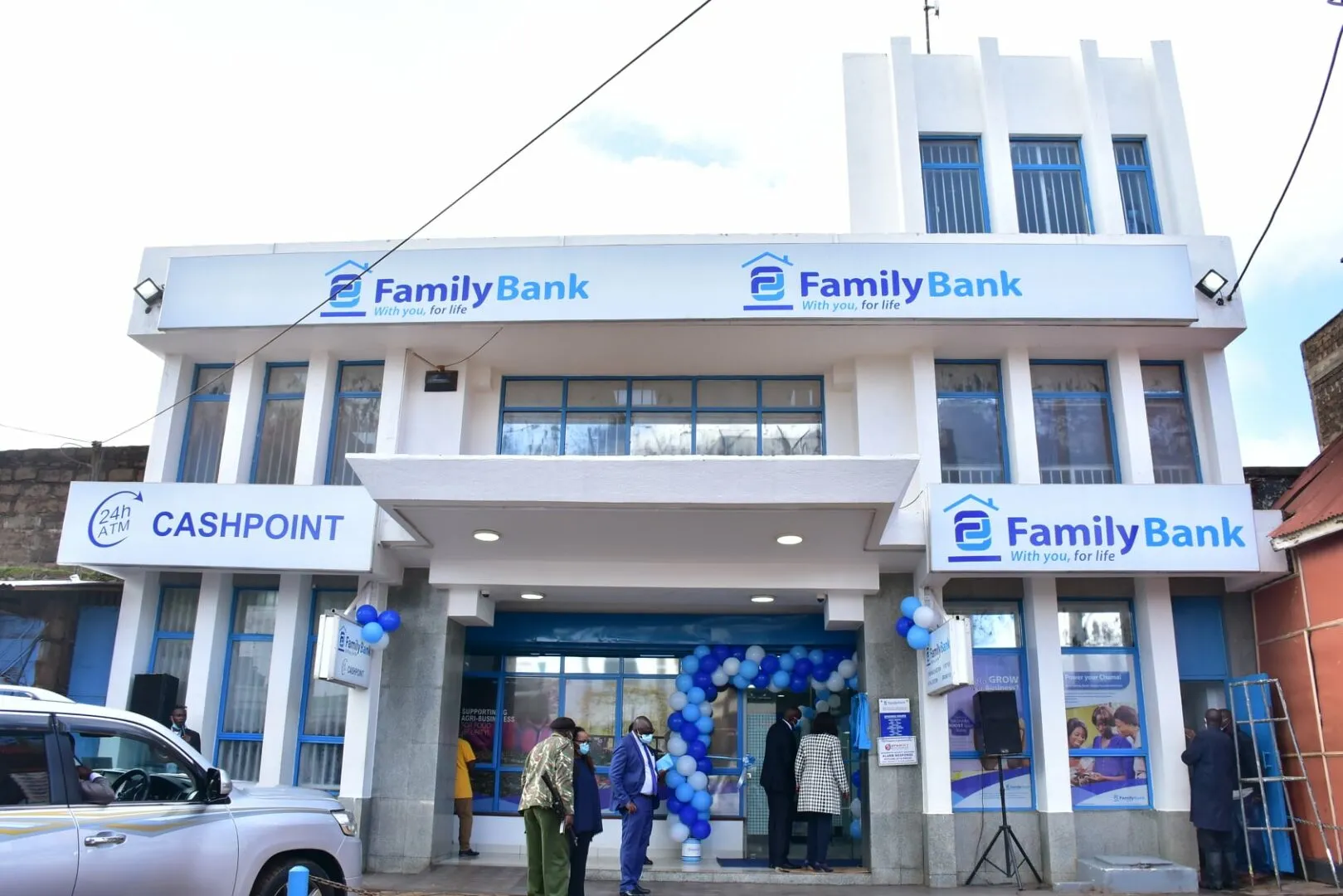Green grams, locally known as Ndengu, are fast becoming one of the most profitable crops for Kenyan farmers. They are easy to grow, require little rainfall, and fetch good prices in both local and regional markets.
Whether you are a smallholder looking to diversify or a new farmer starting out, Ndengu farming in Kenya is a smart and sustainable move.
In this guide, we break down everything you need to know to grow healthy, high-yielding green grams and succeed in the market.

Why Ndengu Farming In Kenya Is Worth It
Green grams are a leguminous crop known for their high protein value and short growth period. They are mainly grown in dry regions like Machakos, Kitui, Meru, Embu, Tharaka Nithi and Makueni, where other crops may fail due to limited rainfall.
With the right practices, farmers can harvest their green grams within 60 to 90 days and enjoy good returns. Let’s explore how to make Ndengu farming a success on your land.
Best Green Gram Varieties To Grow
Choosing the right variety is key to high yields and resistance to pests or disease. Here are the top-performing varieties in Kenya:
- KS20 – Early maturing and resistant to some diseases.
- N26 – Popular for its high yield and drought resistance.
- N22 – Grows well in many areas and matures fast.
- Biashara – A commercial variety that produces many pods.
- Ndengu Tosha – Good for intercropping and has a strong market demand.
Before planting, always buy certified seeds from reputable agro-vets to ensure quality.
Soil And Weather Conditions That Suit Ndengu
Ndengu does best in semi-arid areas with the following conditions:
- Well-drained loam or sandy soils
- Optimum temperature of 28°C to 30°C
- Soil pH of 6.0 to 7.5
- Altitude between 0 to 1600 metres above sea level
- Annual rainfall of 350mm to 650mm
Avoid planting in waterlogged areas. Proper soil drainage helps prevent diseases and supports healthy root development.
How To Prepare Land For Ndengu
Before planting, make sure the land is cleared and ploughed. Prepare the soil until it reaches a fine tilth. This improves root penetration and helps seeds to germinate well.
You can plough and harrow the land at least two weeks before planting. Add organic matter or compost if your soil is dry or worn out.
Step-by-Step Planting Guide
Green grams are grown directly from seed. Planting should begin at the onset of the rainy season.
- Spacing: Use a spacing of 45cm between rows and 15cm between plants.
- Depth: Plant seeds at a depth of around 3.5cm.
- Seed rate: One acre needs about 4–5kg of seed. Use two seeds per hole.
- Intercropping: Ndengu grows well with maize, sorghum or other legumes.
Proper spacing and depth ensure good air circulation, reduce disease risk and promote better yields.
Dealing With Pests and Diseases
Green grams are prone to pests and diseases. Watch out for the following pests:
- Cutworms
- Aphids
- Whiteflies
- Pod borers
- Foliage beetles
- Thrips
You can control these with insecticides like Profile, Pentagon or Kingcode Elite. Always follow application instructions to avoid crop damage.
Common diseases include:
- Powdery mildew
- Rust
- Yellow mosaic
- Anthracnose
- Bacterial blight
- Damping off
Spray using fungicides like Pyramid, Ransom, Green Cop, or Taurus to manage diseases and protect your crop.
When And How To Harvest Green Grams
Green grams mature 60–90 days after planting, depending on the variety. Start harvesting when the pods turn black or dark brown.
Here’s how to do it right:
- Pick pods early in the morning to avoid shattering
- After picking, dry the pods in the sun for 2–3 days
- Once dry, thresh the pods to remove the grains
- Store the grains in a cool, dry place away from moisture
Proper drying and storage prevent mold and ensure your produce meets market standards.
Where To Sell Your Ndengu In Kenya
There is a ready market for green grams in Kenya. You can sell:
- In local open-air markets
- To cereal stores and grain buyers
- Through groceries and supermarkets
- To schools, hotels and restaurants
Prices vary depending on the season and location, but most buyers offer between Ksh 70 to Ksh 100 per kg. You can increase your profits by cleaning, packaging and branding your green grams for sale to higher-end markets.
Ndengu farming in Kenya is simple, affordable and highly rewarding. With the right seeds, good timing and basic care, even small-scale farmers can grow healthy crops and earn good income.
Focus on soil preparation, timely planting and pest management. As demand for plant-based foods rises, green grams remain a wise choice for any serious farmer.






































